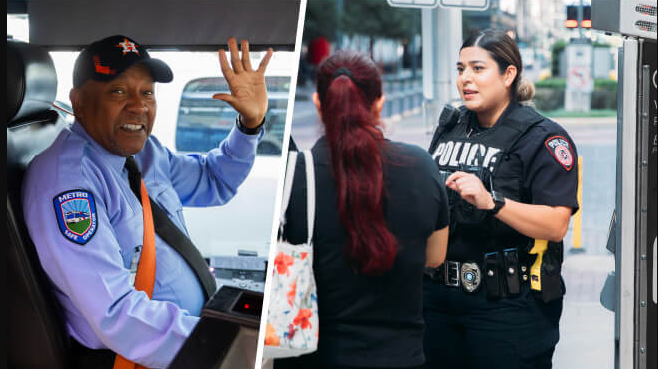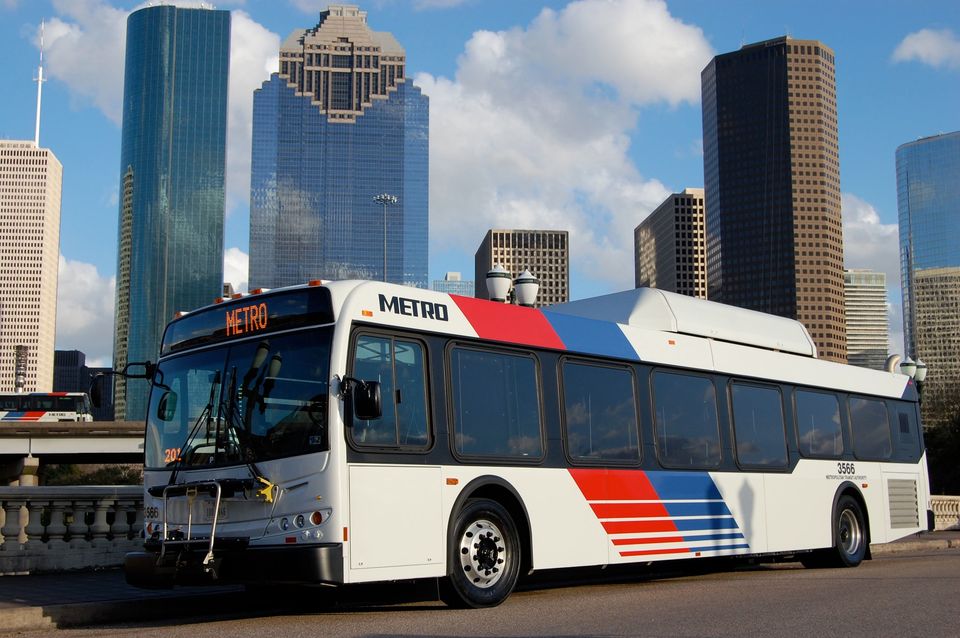Houston, Texas, is a vibrant city known for its diverse culture, booming economy, and sprawling urban landscape. Navigating this vast metropolis can seem daunting for both residents and visitors, especially when considering the public transportation options available. However, understanding the public transportation system in Houston can transform a potentially overwhelming experience into a seamless journey. This guide aims to illuminate the various modes of public transportation in Houston, highlighting their accessibility, efficiency, and the unique opportunities they offer for exploration.
The public transport system in Houston is primarily operated by the Metropolitan Transit Authority of Harris County (METRO), which provides an extensive network of buses and light rail services throughout the city. With a daily ridership of approximately 244,300 as of 2024, METRO is crucial in connecting residents to key destinations such as downtown, the Texas Medical Center, and major cultural attractions. This guide will delve into the different modes of transportation available, fare structures, and tips for making the most out of public transit in Houston.
Overview of Public Transportation in Houston
Houston’s public transportation system is multifaceted, offering various options to cater to the needs of its diverse population. The two primary modes of transport are buses and light rail services operated by METRO. Each mode has unique features and benefits that suit different travel needs.
Buses: The backbone of Houston’s public transit system is its extensive bus network, which consists of local routes that operate mostly on city streets and express routes that use high-occupancy vehicle (HOV) lanes for faster travel times. The local bus fare is $1.25 per ride, while express services range from $2 to $4.50 depending on the distance traveled. With over 83 local bus routes and 31 commuter routes, METRO ensures that residents can access various neighborhoods and key destinations across the city.
Light Rail: METRORail provides a convenient alternative for those looking to travel quickly across central Houston. The light rail system consists of three lines—the Red Line, Purple Line, and Green Line—covering approximately 22.7 miles of track. The Red Line connects major hubs such as downtown Houston and the Texas Medical Center, while the Purple and Green Lines serve areas like Texas Southern University and PNC Stadium. Light rail fares are also affordable, with a one-way ticket costing $1.25 or a day pass available for just $3.
Key Features of METRO Services
METRO’s services are designed with user convenience, ensuring that residents and visitors can navigate the city efficiently.
Accessibility: METRO prioritizes accessibility for all riders, including those with disabilities. The buses have ramps and designated seating areas for individuals with mobility challenges. Additionally, METROLift offers paratransit services for those who qualify under the Americans with Disabilities Act (ADA).
Park & Ride: For commuters traveling from suburban areas into downtown Houston or other employment centers, METRO operates Park & Ride lots strategically located throughout the region. These lots allow riders to park their vehicles securely while taking advantage of express bus services that provide direct access to major destinations without the hassle of traffic congestion.
Real-Time Information: To enhance the rider experience, METRO provides real-time tracking information through its website and mobile app. This feature allows passengers to check arrival times for buses and trains at their chosen stops, minimizing wait times and improving overall satisfaction with public transport.

Source: ridemetro.org
Navigating the System
Understanding how to navigate Houston’s public transport system effectively can greatly enhance one’s travel experience within the city.
Planning Your Route: Before embarking on a journey via public transport in Houston, it is advisable to plan your route using METRO’s online trip planner or mobile app. These tools allow users to input their starting location and destination to receive detailed instructions on which bus or train to take, including transfer points if necessary.
Purchasing Tickets: Tickets can be purchased at METRO stations or through mobile apps. Riders should know that cash is accepted on buses; however, using a METRO Q Card or mobile payment options can streamline the boarding process.
Safety Considerations: While public transport is generally safe in Houston, riders must remain vigilant. It is advisable to keep personal belongings secure and be aware of one’s surroundings at all times.
Popular Destinations Accessible via Public Transport
Houston’s public transport system opens up a world of exploration within this dynamic city. Several popular destinations are easily accessible via METRO services:
Downtown Houston: As a hub of business and culture, downtown offers numerous attractions, including parks, museums like The Museum District, theaters in the Theater District, and dining options galore. The light rail provides direct access to these areas from various parts of the city.
Texas Medical Center: Home to one of the largest medical complexes in the world, this area is crucial for healthcare and features educational institutions like Rice University nearby. Both bus and light rail services efficiently connect this vital area with other parts of Houston.
NRG Park: Known for hosting major events such as concerts and sports games (including NFL games), NRG Park is accessible via light rail service from downtown Houston.

Source: Houston METRO Facebook Page
Navigating Houston’s public transport system offers residents and visitors alike an excellent opportunity to explore this diverse city without relying solely on personal vehicles. With affordable fares, extensive routes covering key destinations, and user-friendly services like Park & Ride options and real-time tracking information, METRO is a reliable transportation choice.
As urban environments continue to evolve towards more sustainable practices, utilizing public transportation reduces traffic congestion and contributes positively to environmental efforts by lowering carbon footprints associated with individual car travel. Embracing public transit in Houston allows one to experience all this vibrant metropolis offers while promoting a greener future for generations to come.
For more information about navigating public transport in Houston or planning your next trip using METRO services, visit their official website at METRO.
Sources: ridemetro.org, visithoustontexas.com, houston.org, htownbest.com
Header Image Source: ridemetro.org
